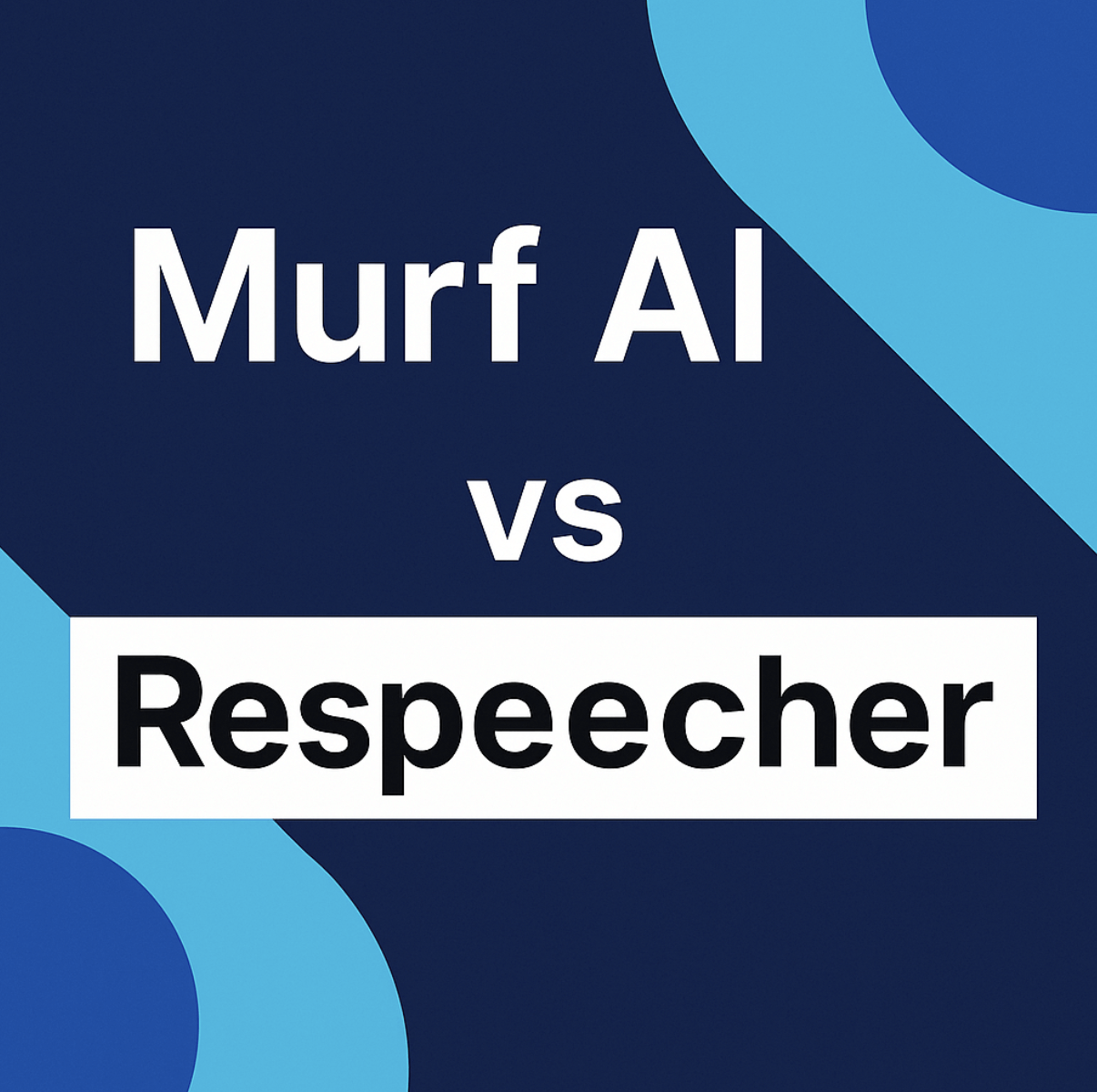Sick of wasting money on ads that hardly get any clicks? Same. PPC feels like a puzzle, but it doesn’t have to be.
If you have an e-commerce store, are scaling up your side hustle, or are managing client projects, mastering pay-per-click (PPC) advertising could mean measurable outcomes for you and actual returns on investment.
In this guide, we’ll get down to the nitty-gritty of creating a PPC strategy that will work for you only, without all the marketing fluff. Setting goals through optimising every dollar.
Let’s take your campaigns from “neutral” to money-making. Change up the digital marketing strategy that fits today’s platforms and audiences.
What Is PPC And Why Does It Matter
PPC, literally pay-per-click, is a digital advertising program where you pay only when someone clicks your ad. Seems simple enough? It’s like renting billboard space where the rent is only charged when someone walks through the door. At MagnifyLab, experts help businesses to maximize PPC so they can appropriately target their audience at the appropriate time.
PPC can bring your brand to the right audience at the right time, regardless of whether that is through a Google search ad or a social media ad. It is the quickest, most measurable way to create awareness, traffic, leads, or sales – and you won’t have to wait months for the results that organic search brings.
If you are launching a new product or growing your business, PPC offers more control and flexibility, and calculates results in data that traditional marketing cannot compete with.
Popular PPC Platforms One Must Consider
Google Ads
The ultimate intention of PPC is to engage those who are shopping for products or services. Its enormous reach and targeting based on intent can’t be overlooked by serious marketers.
Facebook & Instagram Ads
Great for image-driven campaigns and precision targeting with respect to small audience segments. Such platforms allow one to put some creativity into ads targeting all kinds of users according to interests, behaviors, and demographics.
LinkedIn Ads
Fantastic for B2B marketing and professional services. You can target users based on job title, industry, or company size to have your brand in front of executives and decision-makers.
Microsoft Ads
A lesser-known gem that extends to Bing, Yahoo, and AOL users. Less expensive than Google, it’s ideal for getting more from your ad spend without giving up search-based intent.
Setting Up A PPC Campaign: Step-By-Step
Define your goals
Start with clear, trackable goals (leads, sales, traffic). Your whole campaign strategy should be founded empirically on what success looks like for your business or brand.
Do smart keyword research
Utilise tools such as Google Keyword Planner or SEMrush to identify high-intent keywords. Target words your audience is actually searching for, not simply what sounds nice.
Craft killer ad copy
Write headlines that blow people away and copy that sells. Be concise, timely, and compelling. Your ad should satisfy the searcher’s “what’s in it for me?”
Build high-converting landing pages
When people click on your advertisement, they will expect a landing page that fulfills the promise of your ad. Make it clean, fast, mobile-friendly, and have a clear CTA to convert clicks to conversions.
Set budget & bidding strategy
Choose a budget amount you are willing to pay daily or monthly. Select manual or auto bidding, whichever suits your skills and the nature of your campaign.
Campaign Types And When To Use Them
Search Ads
Excellent for targeting high-intent traffic. These text ads appear when users search designated keywords, making it the perfect ad type for capturing leads, sales, or appointment bookings.
Display Ads
Excellent for brand awareness. These are visual banner ads that display online on websites within Google’s Display Network. You can remain top-of-mind with an endless number of people.
Shopping Ads
Best for e-commerce brands. Through product-based advertisements, you can show search users item pictures together with costs and ratings in their search results, which generates premium traffic from potential buyers.
Video Ads
Perfect for telling stories and getting people involved. Run them on channels like YouTube to establish trust in your brand, demonstrate your products, or teach your viewers something in a fun, lively manner.
Remarketing Ads
Best for conversions. Target users who have previously visited your site using remarketing ads. Keep pushing your brand in front of your audience until they are ready to click “buy.”
Tips For Optimising PPC Performance
A/B test everything
Try out various versions of your ads, from headlines to call-to-actions. Even minor changes could lead to major wins when you discover what resonates with your audience.
Use negative keywords
Get rid of the traffic that has no relevance using negative keywords. This keeps your ads from displaying on low-intent searches and makes your money go further.
Optimise for mobile
You’re going to want to make certain your advertising and landing pages are mobile optimised. Since most users are browsing on their phones, a poor mobile experience quickly kills conversion rates.
Improve quality score
Google favors relevancy, so make sure your ad copy, keywords, and landing pages all tie together tightly for a higher Quality Score and lower cost per click.
Conclusion
Mastery of PPC is not about paying more; it’s about paying better. With the proper strategy, platforms, and optimisations, your ad spend can drive actual results quickly and efficiently.





